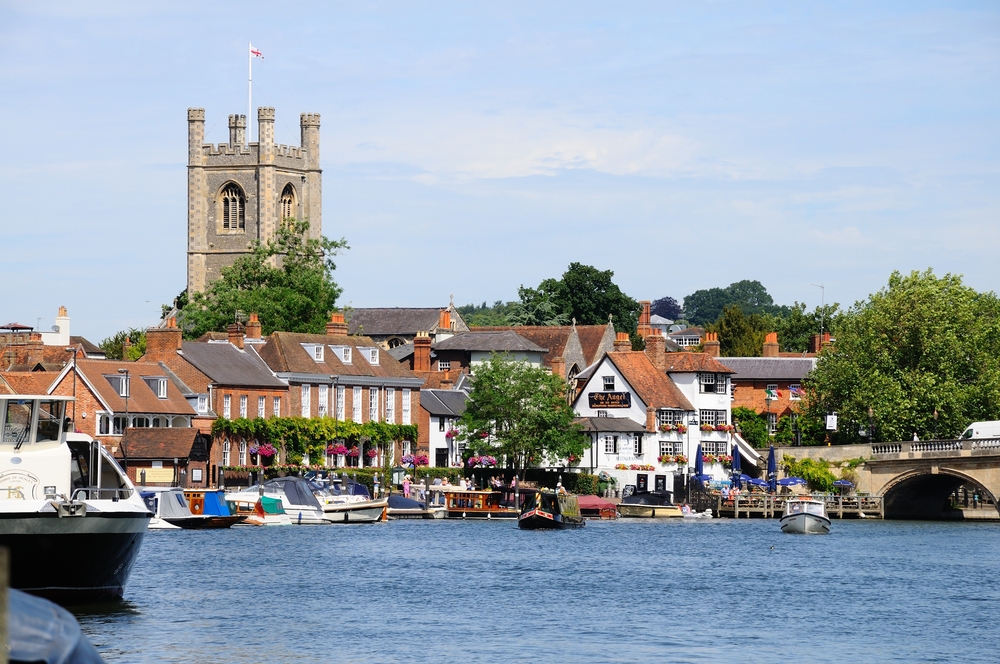If you are looking to buy a property in one of England’s picturesque market towns you could be in for a shock. According to latest research from Lloyds, seven out of 10 market towns have average prices above their county average, with homeowners paying a premium of almost £34,000 compared to their neighbours. House prices […]
 If you are looking to buy a property in one of England’s picturesque market towns you could be in for a shock.
If you are looking to buy a property in one of England’s picturesque market towns you could be in for a shock.
According to latest research from Lloyds, seven out of 10 market towns have average prices above their county average, with homeowners paying a premium of almost £34,000 compared to their neighbours.
House prices in English market towns typically command a premium and have grown, on average, by 31% in the past 10 years to an average price of £273,757 – 7.8 times the average gross earnings of all full time workers.
The South East dominates the top 10 most expensive market towns. Beaconsfield in South Buckinghamshire – just a 40 minute commute to London – is the most expensive English market town with an average house price of £958,909. This is a whopping 160% more than the average house price in the county.
The next most expensive market towns in England are Henley-on-Thames in Oxfordshire (£748,001) and Alfresford in Hampshire (£492,645).
Outside southern England, Lymm is the most expensive market town with an average property value of £355,819.
The most affordable market towns are in the North of England. Ferryhill with an average property value of £93,291 and Crook (£108,603), both in Durham, are the least expensive market towns. Four of the five least expensive market towns surveyed are in Durham.
Andy Mason, mortgages director at Lloyds Bank, said: “Market towns continue to be popular with homebuyers looking for a quality of life associated with country living. These locations offer many benefits such as idyllic surroundings, history and wonderful homes without compromising on many other important amenities.
“As a result, the majority of homes in market towns command a significant premium over their neighbouring towns. The most expensive market towns are typically found in the south of England and are a commutable distance from London. More affordable market town homes can be found in the north of England.”
The average house price in market towns across England has risen by £65,559 (or 31%) from £208,197 in 2006 to £273,757 in 2016. This is equivalent to an average rise of £546 per month over the past decade.
Henley-on-Thames, home of the Regatta, had the biggest increase in price over the past decade, where the average price rose by 70% (£308,117) from £439,884 to £748,001. Next is Beaconsfield (68%, an increase of £389,110) and then the Oxfordshire towns of Didcot (58% increase of £119,235) and Thames (55% an increase of £136,741).
10 market towns with the highest premium
| Market Town | County | Average house price 2016 | Average house price in county 2016 | Premium to county 2016 (%) | Premium to county 2016 |
| Beaconsfield | Buckinghamshire | £958,909 | £369,100 | 160% | £589,808 |
| Wetherby | West Yorkshire | £341,618 | £171,236 | 100% | £170,383 |
| Henley on Thames | Oxfordshire | £748,001 | £382,900 | 95% | £365,101 |
| Southwell | Nottinghamshire | £309,927 | £167,845 | 85% | £142,082 |
| Keswick | Cumbria | £302,615 | £175,341 | 73% | £127,275 |
| Bakewell | Derbyshire | £315,042 | £183,182 | 72% | £131,860 |
| Marlborough | Wiltshire | £439,658 | £256,585 | 71% | £183,073 |
| Alfresford | Hampshire | £492,645 | £291,450 | 69% | £201,195 |
| Middleton St George | Durham | £215,442 | £130,410 | 65% | £85,032 |
| Ormskirk | Lancashire | £244,075 | £153,446 | 59% | £90,630 |
| All market towns in England | £273,757 | £239,845 | 14% | £33,911 | |














